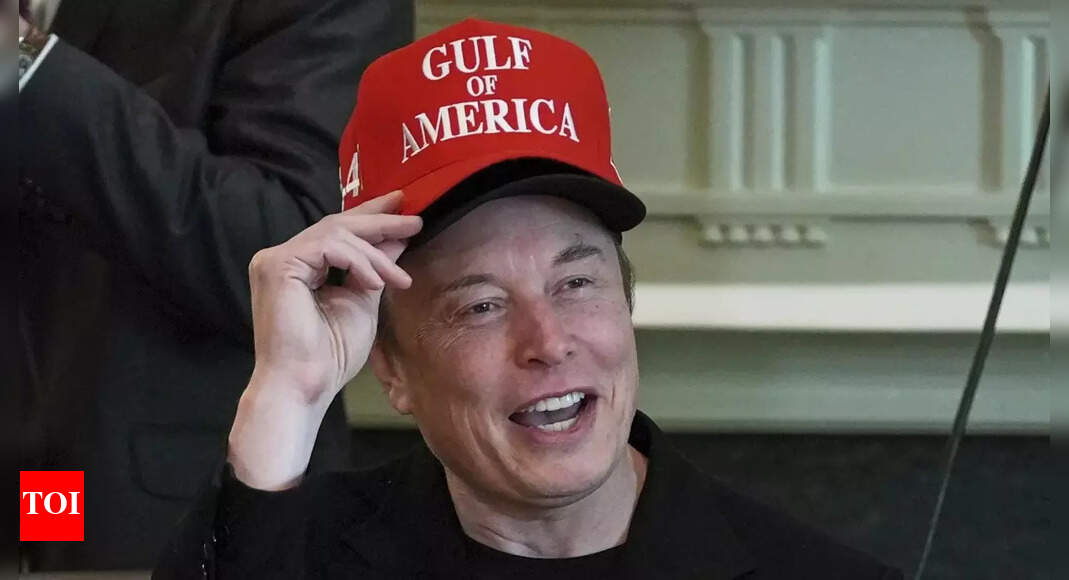Elon Musk inquires about the size of the Chinese economy and shares the response with the note: This is surprising…

Elon Musk and Grok’s Insight on Global Economies
Elon Musk, the CEO of Tesla and owner of the social media platform X (formerly Twitter), recently shared a conversation with Grok, an AI chatbot developed by his company xAI. In this exchange, Musk asked Grok about the comparative size of the Chinese economy in relation to both the United States and Europe.
The Inquiry into Economic Comparisons
Musk posed a specific question to Grok: "What is the size of the Chinese economy in purchasing power parity (PPP) compared with the United States and Europe?" This question is important because purchasing power parity is a crucial measure that assesses the relative value of different currencies based on the cost of goods and services, making it easier to compare economic productivity and standards of living between countries.
Grok provided some intriguing insights. It projected that by 2025, China’s gross domestic product (GDP) in terms of purchasing power parity (PPP) might reach approximately $35.29 trillion. In comparison, the GDP of the United States is forecasted to be around $28.78 trillion, while the combined GDP of the European Union (EU27) is expected to be about $21.99 trillion.
According to Grok’s assessments, China’s economy would be about 1.23 times larger than that of the U.S. and around 1.60 times larger than the EU’s economy when measured using PPP.
Social Media Reactions
Musk’s post on the conversation quickly gained traction online, amassing over 24 million views. The discussion even captured the attention of Musk’s brother, Kimbal Musk, who weighed in with his thoughts. Kimbal noted that the implication of China’s larger economy means that money tends to have greater purchasing power there compared to the U.S. For instance, everyday items like a Big Mac cost less in China than in America.
Kimbal continued with some important points about the broader implications of this economic comparison. He stated that the Chinese government can provide healthcare and social security at a lower cost due to the differences in purchasing power. This, he argued, also extends to military expenditures, suggesting that when comparing military capabilities, the U.S. might be operating with a smaller economic base than that of China.
The Significance of Purchasing Power Parity
Understanding PPP is vital as it helps to make meaning of how currencies compare on an international scale, particularly when gauging living standards and economic productivity. Here are some key takeaways:
- Definition: Purchasing power parity measures the relative value of currency, adjusting for the cost of living and inflation rates in different countries.
- Importance: This metric is critical for assessing the economic strength of nations beyond mere currency exchange rates.
- Global Perspectives: By utilizing PPP, analysts can better understand who has a higher standard of living and how economic conditions affect citizens in different parts of the world.
Numerous economists and financial analysts argue that this form of measurement can effectively illustrate the real-world impacts of economic policies and conditions.
Further Insights on China’s Economic Standing
The remarkable growth projected for China’s economy, particularly as it relates to the size and scale of its GDP in PPP terms, underlines a significant shift in the global economic landscape. The research suggests that China’s rapidly growing economy poses meaningful considerations for international trade, investment, and geopolitical strategies.
As the global economy continues to evolve, discussions like those initiated by Musk and Grok serve to shed light on the complex interplay between different nations’ economic realities. The dynamics between China, the U.S., and the EU will continue to be closely monitored in the coming years, especially given the implications these changes can have on everything from global markets to individual livelihoods.






